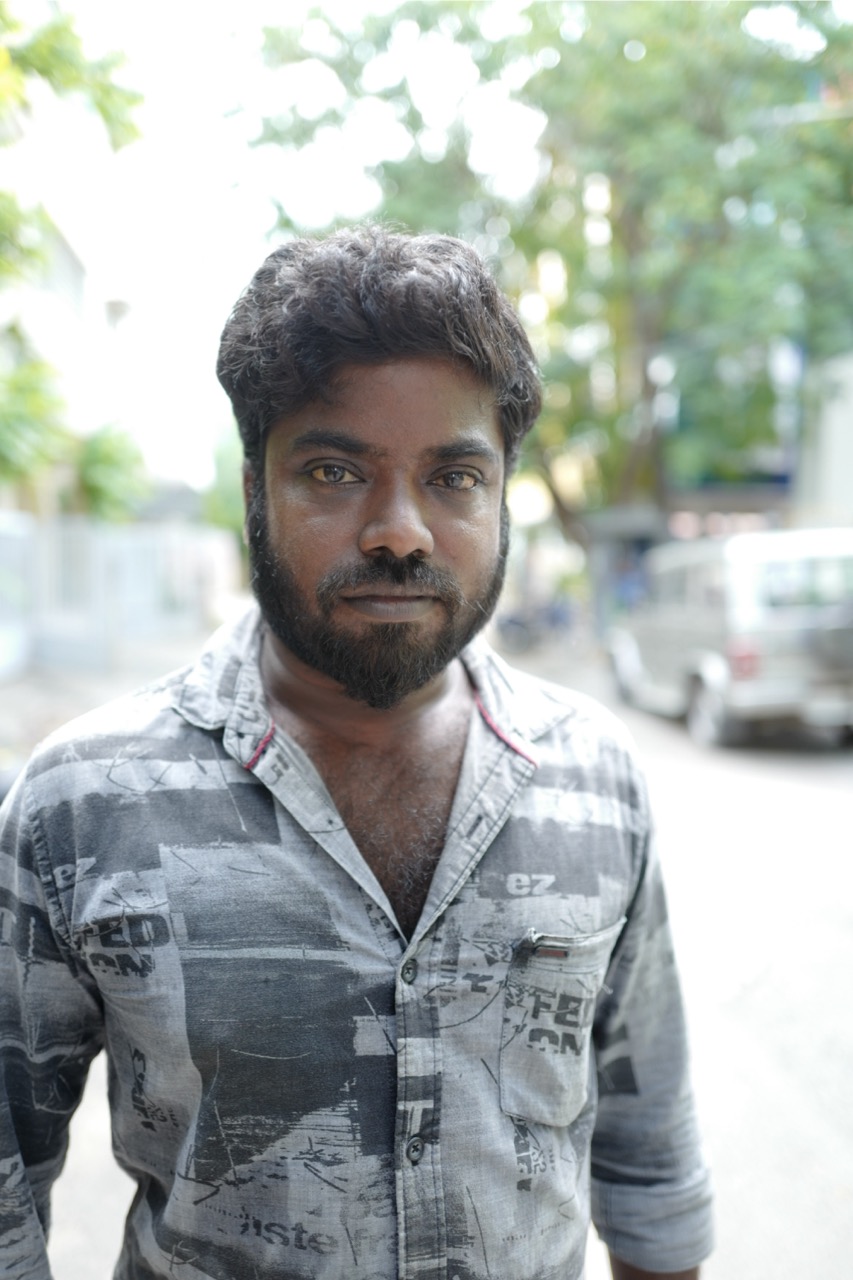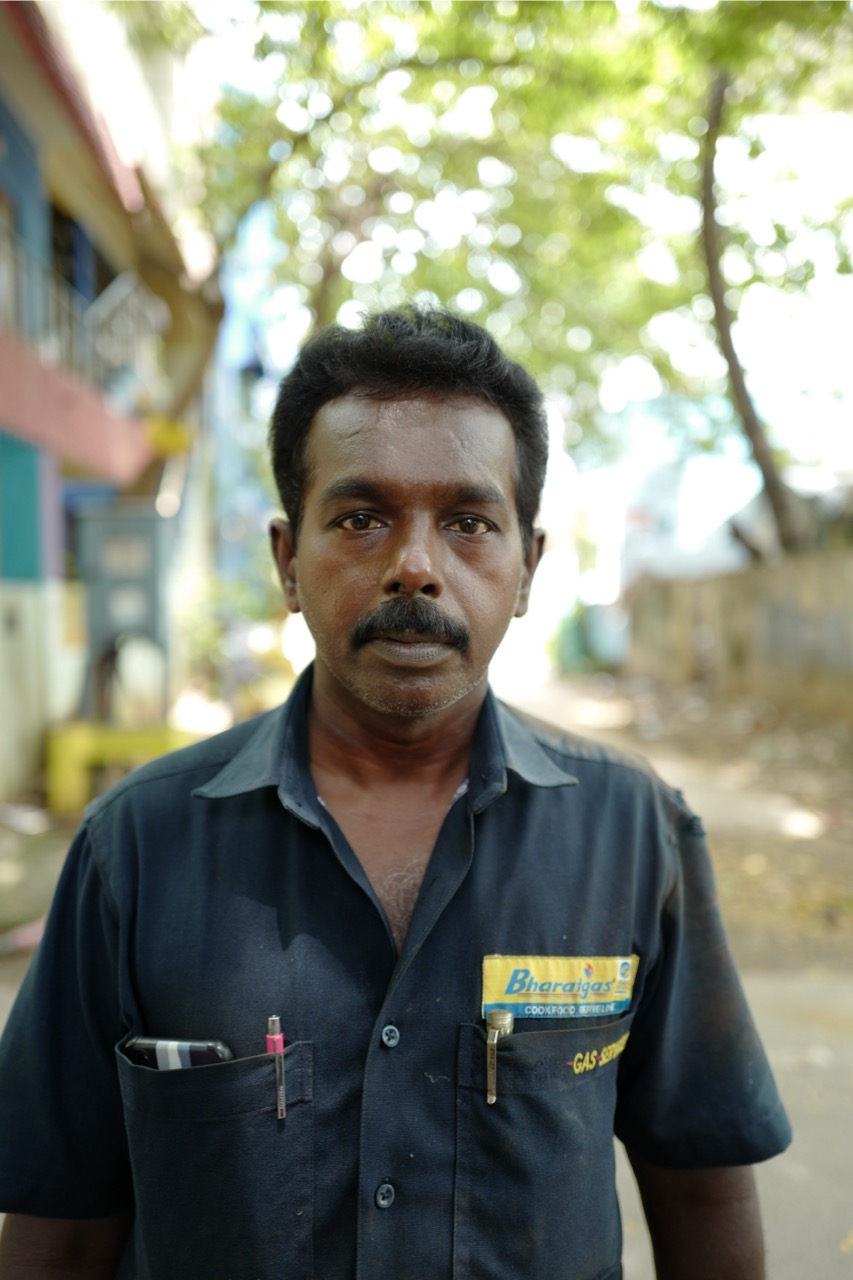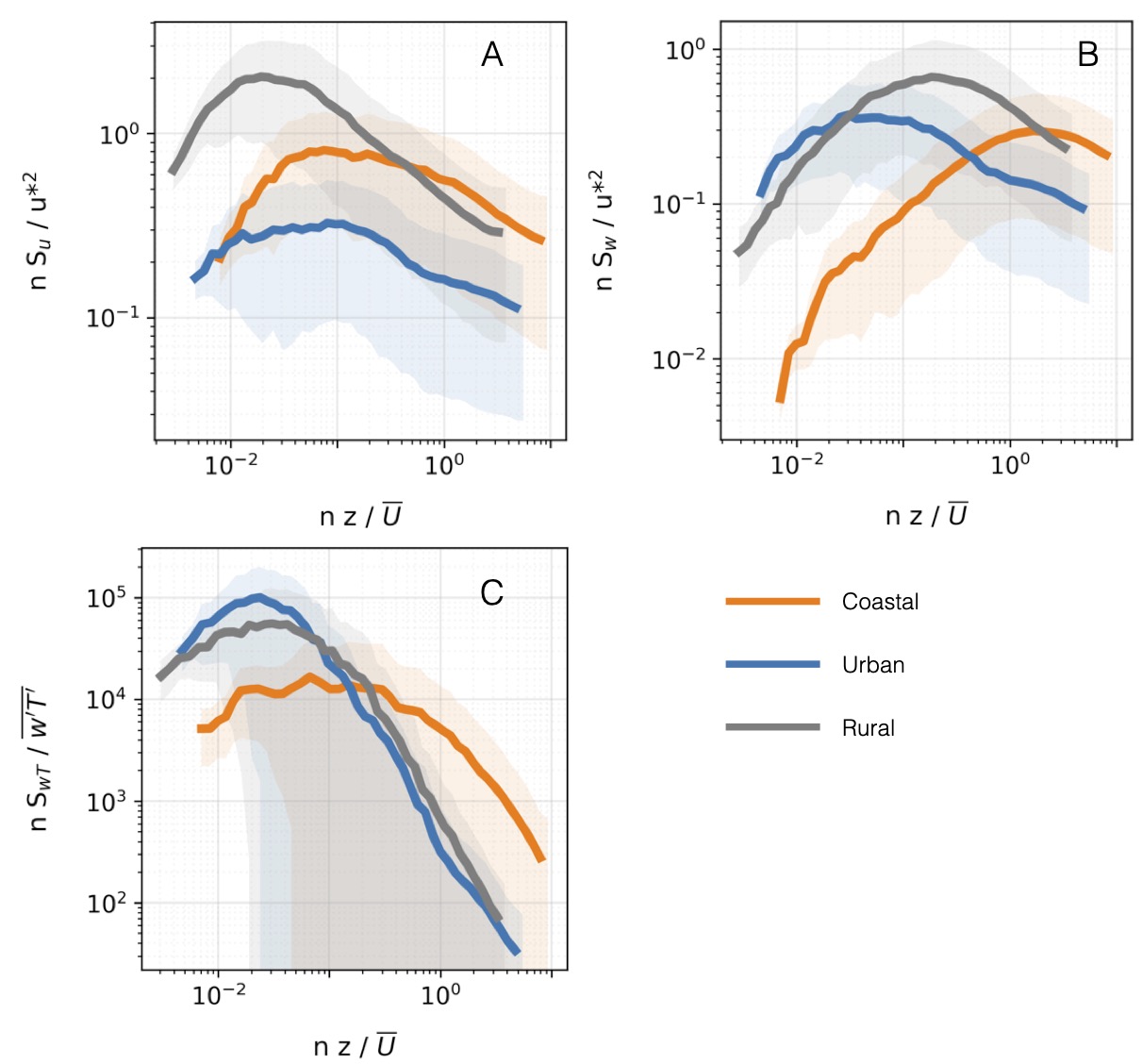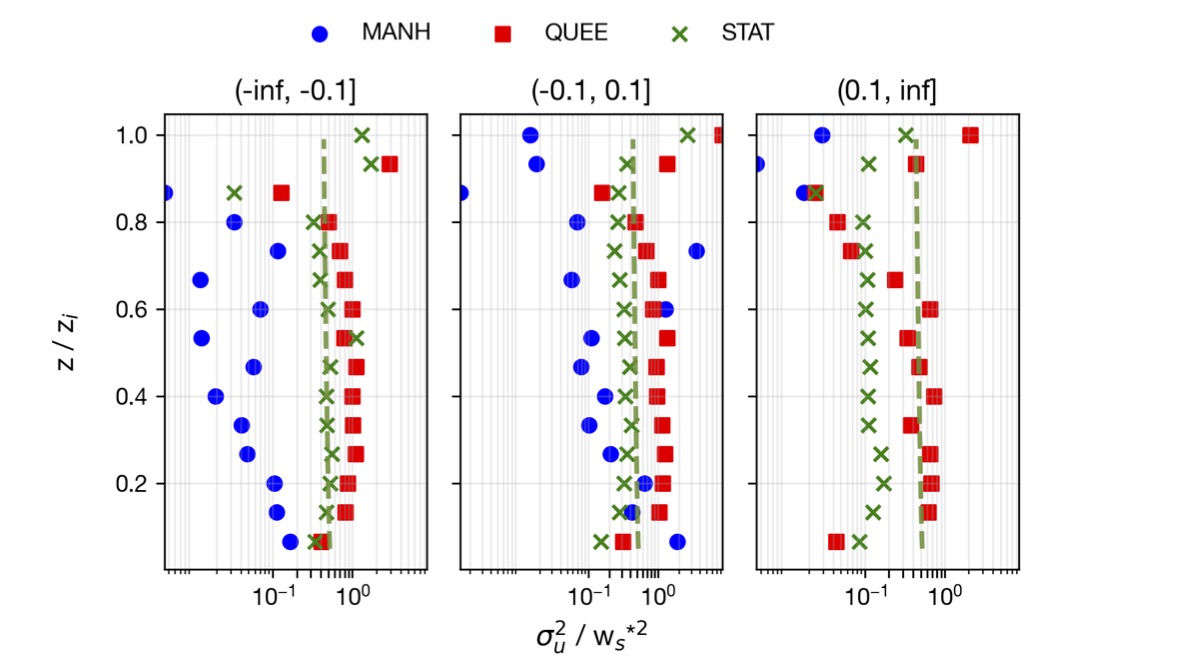Urban
Fluid
Dynamics
Lab

The Urban Fluid Dynamics group at The City College of New York invites applications for two PhD positions in urban heat and air quality modeling. The first position will focus on developing a framework for forecasting urban air quality at sub-km scales, and the second will involve downscaling global climate projections to urban scales and developing dynamic risk indices for urban communities.
Air quality forecasts are often unreliable at urban scales, and current forecast models do not have representation for the urban environment and the environmental processes. This project aims to develop a robust urban air quality modeling framework that accurately accounts for various urban climate processes and anthropogenic activities. It will involve developing and incorporating new urban surface layer turbulence parameterizations for scalar transport, advanced representation for various urban systems, including building energy use and traffic, and accurate representation of urban form and land use.
The second position aims to develop future urban heat risk projections at sub-km scales. This work will involve dynamically downscaling future climate projections using an urban climate model. The downscaled projections, along with socio-economic data, will be used to develop risk indices using stochastic or AI/ML-based models. The simulations will be centered around the eastern US.
We seek students interested in fluid dynamics and climate modeling with engineering or atmospheric sciences backgrounds. Applicants must have a Bachelor's or Master's (preferred) in one of the following disciplines: Environmental/Civil/Mechanical/Chemical Engineering, Environmental/Atmospheric Sciences, Meteorology, or Physics. Proficiency in Python and Fortran is a must, and experience in UNIX or Linux environments will be helpful.
The position will be based in New York City. Both positions are fully funded ($41,000 per year) plus tuition and healthcare benefits.
Interested students, kindly send your resume or CV to Prof. Prathap Ramamurthy (pramamurthy@ccny.cuny.edu) with the subject line “Application to Open PhD positions.” The deadline for application is February 25th.
Under The Scorching Sun (movie)

"The climate crisis is about the Global South’s present. Not the Global North’s future.” - Disha Ravi, a Climate activist from India. This statement was echoed in a recently conducted survey on climate change perception by Yale University where majority of Americans surveyed, were worried about climate change but could not explicitly point out how it impacted their daily life. In places like South Asia, Sub-Saharan Africa, and tropical islands throughout the planet, the specter of climate change looms large in every day life with heat stress being the foremost risk.
Under The Scorching Sun, documents the plight of everyday workers in the Global South under the influence of extreme heat. The movie was filmed in Chennai, India in August 2023. Chennai, a major manufacturing and technology hub in India had a population of around 5.5 million in 1991. Today the city is home to nearly 11.2 million people, growing at a rate of 2% each year over the last 2 decades (the population density is around 28,000 people per square kilometer, about the same as New York City). Most of the Indian Metropolitan areas are poorly planned and are struggling to accommodate the ballooning migrant worker population. In a battle for space, these workers often work and live in environments that are subjected to unbearable conditions. The ambient heat index during the mid-summer months in Chennai average around 120 ˚F and on many occasions the wet bulb temperature reaches dangerously close to 95 ˚F - the maximum temperature that the body can regulate without shutting down.
Most of our characters are working class people, native to Chennai.








Watch the movie here- https://vimeo.com/989040824/c7803c58e8
Observations/
Our lab coducts fundamental research in to the transport of mass, momentum, and heat in the atmospheric boundary layer. We use micrometerological proinciples to observe the surface to atmosphere interactions over complex terrains. We particularly focus on urban and coastal urban boundary layers. The work helps us to understand and develop physics based models to represent these complex environments. We have permanent facilities in NYC and alos have capacity to conduct these measurements anywhere required.
Coastal-Rural-Urban Gradient:
The spectral analysis exhibits the presence of vastly different flow regimes along the coastal-rural-urban transect. The coastal site is dominated by the sea breeze effect that dictates the transport of heat and momentum. The urban and rural sites are influenced by local land cover characteristics that impact the hygro-thermal climate.
Urban mixed-layer turbulence: A key part of our lab’ work is multi-scale urban observations- from indoor to city-scale. We use traditional boundary layer techniques to study surface layer and mixed layer characteristics as well as work on developing cost-effective sesnors for understanding indoor/outddor airquality.
We focus on understanding the complex boundary layer characteristics over the urban and coastal urban regions. We employ profilers- cielometer, microwave radiometer, and Doppler lidar - to study the transport of mass, momentum, and heat. We have an active campaign in NYC and in Summer 2022, deployed them in Houston, Texas.
Our lab is also involved in developing sesnors to study indoor/outdoor air quality. We use open source platforms and cost-effective sensors to develop instrumentation platform that is capable of sensing and communicating the data.
Coastal-Rural-Urban Gradient

Urban mixed-layer turbulence


Urban Air Quality

Building Energy

Modeling/
Current weather forecast produced by The National Weather Service does not include representation for urban scale processes. Hence the outcomes are often unreliable raising false alarms during extreme weather days which results in substantial economic losses. In the future, as the computing power progresses, the next generation of National Weather Service's forecast models will be expected to resolve urban and coastal-urban areas in much detail. Our lab develops representation for urban climate processes in weather and climate models. These include addressing issues related to surface heterogeneity, impact of variable roughness, and anthropogenic activity, in addition to turbulent transport parameterizations.
Meteorology & Air Quality: One of the current areas we are working on is integrating urban parameterization in to WRF-CHem. This will allow us to do high-resolution forecast of key air quality variables as well as natively resolving cloud physiocs and chemistry. The figure shows our development of urban parameterization in WRF-Chem. The urbanized version is able to reproduce the urban heat island and urban boundary layer characteristics, including the sea breeze effect much more accurately. The city also influences the suburban regions which is not reproduced without the urban parameterization.
Building Energy: We actively add representation for various urban processes and humanize the numerical models. Here in we coupled the building energy model with an urban climate model to study building level emissions of heat. The model can predict relaistic air conditioning usage for cities. Various parameterizations related to A/C efficiency and type can be independently represented. In addition to heat, the model can also predict water emitted by these anthropogenic systems.